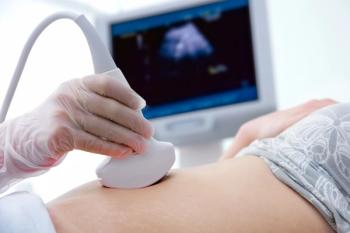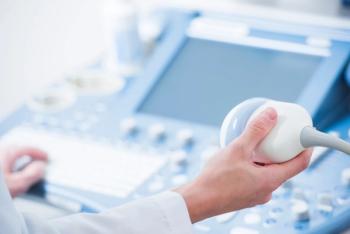
Ultrasounds images: Fetal anomalies of the first and second trimesters (Part 1)
Ultrasound imaging is a key prenatal tool for revealing structural anomalies that may point to genetic conditions. This slideshow is Part 1 of our collection of ultrasound anomalies and includes first-trimester anomalies and second-trimester anomalies of the head and brain. Part 2 will discuss second-trimester anomalies of the body and limbs.
Ultrasound imaging is a key prenatal tool during the first and second trimester for revealing structural anomalies that may point to genetic conditions. Above are examples of anomalies that should not be missed when performing ultrasound during the first and second trimesters of pregnancy.More information on ultrasound diagnoses can be found in, 'Using ultrasound to recognize fetal anomalies.' This is Part 1 of a 2-part collection. The second part of the collection will be available soon.
Newsletter
Get the latest clinical updates, case studies, and expert commentary in obstetric and gynecologic care. Sign up now to stay informed.










